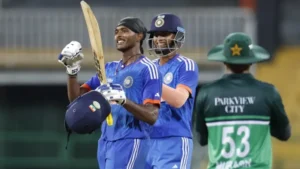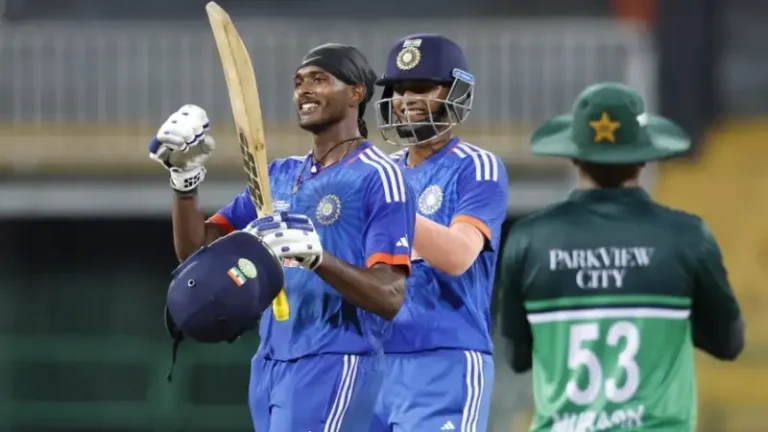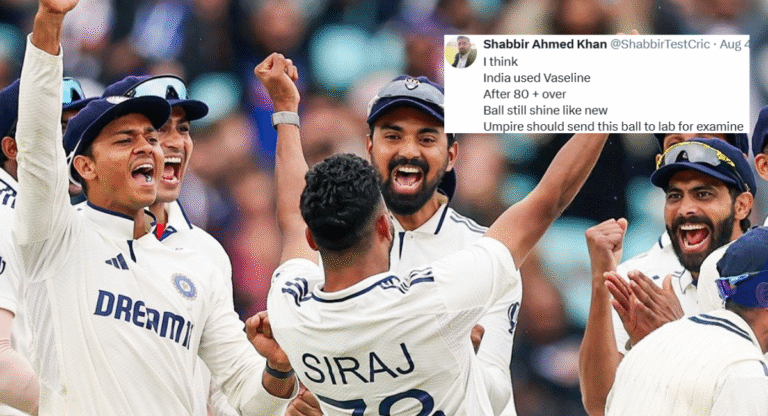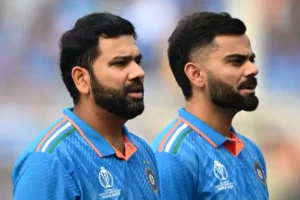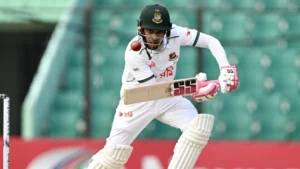Cricket has long lagged behind other major sports in one simple, humane practice: allowing mid-match injury replacements. But on a spring day at Newlands, Western Province vs The Lions became the setting of a much overdue change. Eddie Moore, injured during a first-class match, was removed — and Joshua van Heerden officially substituted in under a new clause in South Africa’s playing conditions. The headline? “Not before time, cricket removes insult from injury.”
For decades, players sidelined by injury in the middle of a match were left to suffer — their team weakened, their bodies further endangered. Cricket had carried forward rigid traditions even if other sports had evolved. This change, though small, brings cricket in line with modern sensibilities. Let’s unpack what this means, how it works, and what the implications might be.
What Changed — And What the Rule Entails
Under the revised 2025/26 season rules for Cricket South Africa (CSA) — effective from September 23 — a serious injury sustained on or after the start of play allows a “like-for-like” replacement for the rest of that match :
-
The replacement must come from among a nominated list of substitutes for that match. Cricbuzz
-
The injured player must satisfy a minimum stand-down period of seven days before being eligible to play again. Cricbuzz
-
The replacement inherits any warnings, suspensions, or penalty time the original player had. Cricbuzz
-
The clause covers external and internal injuries (in South Africa’s case). Cricbuzz
Interestingly, this contrasts with rule variations in other countries:
-
In India, the replacement provision applies only to external injuries. Cricbuzz
-
In Australia, both external and internal injuries are valid grounds, but replacements can’t be made after stumps on Day 2 of a match. Cricbuzz
The International Cricket Council (ICC) has asked full member boards to trial similar replacement systems in their first-class competitions. So far, South Africa, Australia, and India have opted in. Cricbuzz
Why This Change Matters
1. Fairness to Teams & Players
Before, teams that suffered mid-match injuries were penalized beyond the immediate harm. The match balance tipped unfairly. Now, if a player can’t continue, a replacement helps preserve competitive integrity, reducing the additional insult layered over the injury.
2. Player Safety & Health Priority
Previously some cricketers would “carry on” despite pain to avoid leaving the team short, risking further damage. With replacement allowed, the emphasis turns toward health and safety over rigid tradition.
3. Alignment with Other Sports
Football, rugby, and many other sports have long had injury substitutions. Cricket’s adaptation is overdue, and now it finally starts to catch up. The Moor → van Heerden substitution at Newlands may be remembered as a tipping point.
Criticisms, Concerns & Traditionalist Views
Not everyone is comfortable with this change. Some concerns that have surfaced include:
-
Loss of Drama: Traditionalists may argue that part of cricket’s drama lies in forced endurance — playing through pain, carrying on bravely. The change could reduce such narrative tension. Cricbuzz
-
Potential for Abuse or Loopholes: If not strictly regulated — e.g. what qualifies as “serious injury” — teams might exploit provisions to swapers tactically.
-
Unequal Implementations Across Countries: Because rules differ by board (India vs South Africa vs Australia), consistency is shaky.
-
Mid-Match Tracking & Logistics: Ensuring the substitution is truly “like-for-like,” ensuring the replacement was nominated beforehand, and managing impact on over quotas, fielding hours, etc., all add complication.
But despite the noise, most critics concede that on balance, prioritizing fairness and health is the correct move.
How This Could Evolve & What to Watch
-
Wider Adoption: As ICC encourages trials, other domestic leagues and first-class competitions may adopt similar rules, perhaps with slight modifications (injury types, deadlines for replacement).
-
Clarity in Definitions: Clearer criteria for “serious injury” will be essential, to avoid loopholes.
-
Tracking Fair Substitutes: The “like-for-like” requirement demands clarity: e.g. a pace bowler replaced by a spinner may stretch the concept.
-
Stat Impacts: The replacement inherits warnings/suspensions, but do they inherit statistical counts (e.g. overs bowled, catches)? That will need codification.
-
Cultural Adjustment: Players, coaches, umpires, and fans must adapt. Traditions often resist change, but acceptance may grow quickly once benefits manifest.
Final Thoughts
The substitution of Eddie Moore with Joshua van Heerden at Newlands may look like a footnote in scorebooks. But in the annals of cricket evolution, it marks a quiet revolution — a correction to old oversight. “Not before time” is right: cricket should have done this years ago, but it’s better late than never.
This shift nudges cricket toward balance, fairness, and empathy — honoring the physical toll of the sport while safeguarding competitive integrity. It doesn’t rewrite history, but it corrects the moment when injury once meant not just setback, but compounding injustice.
